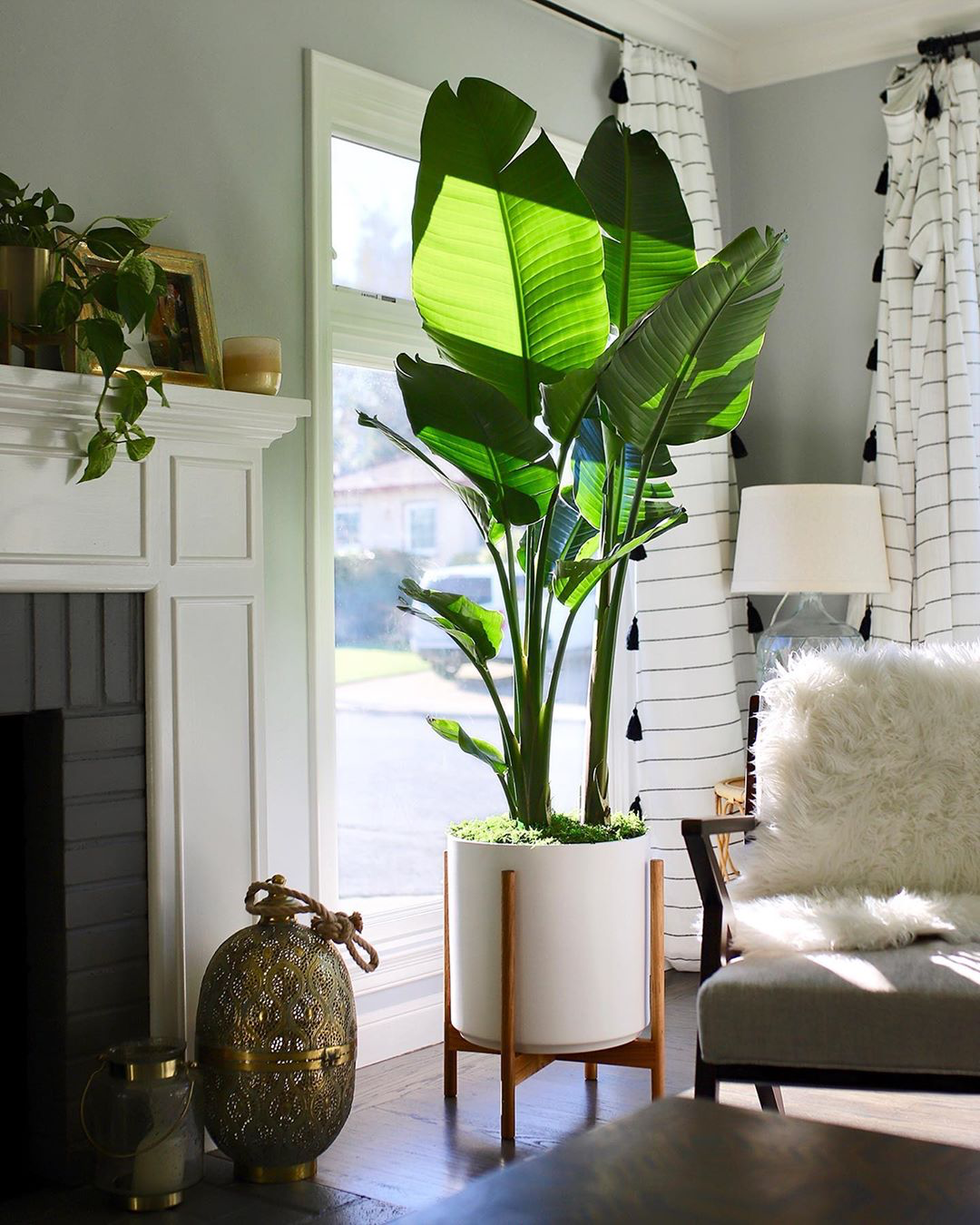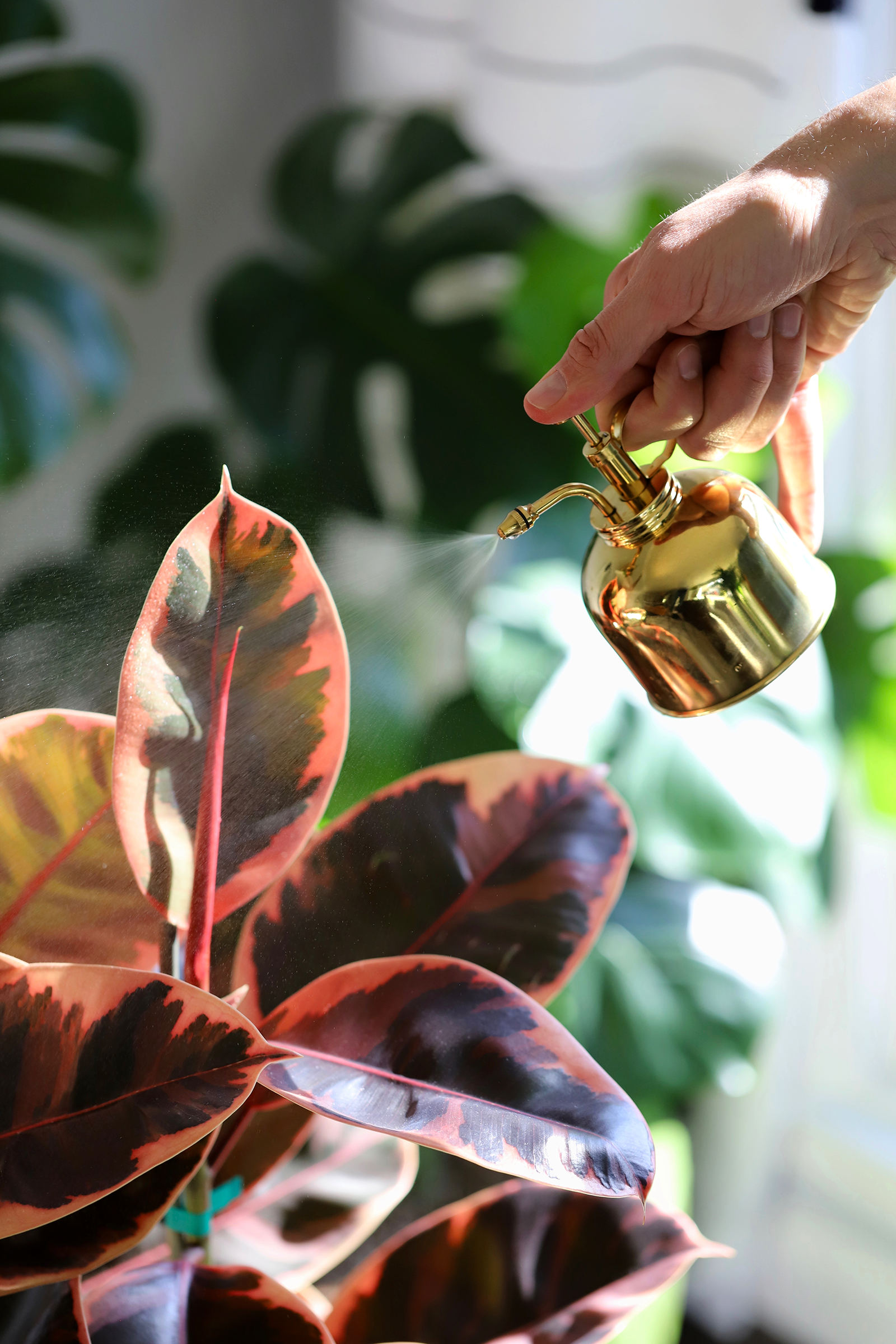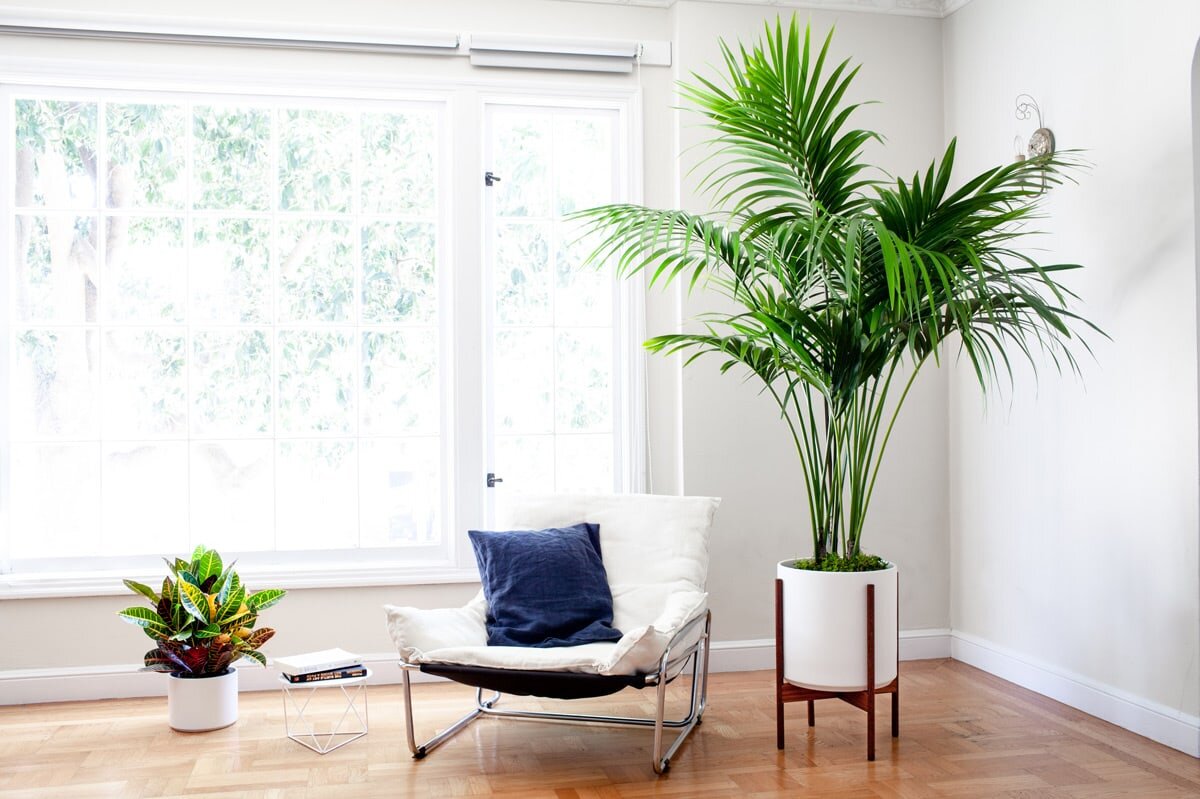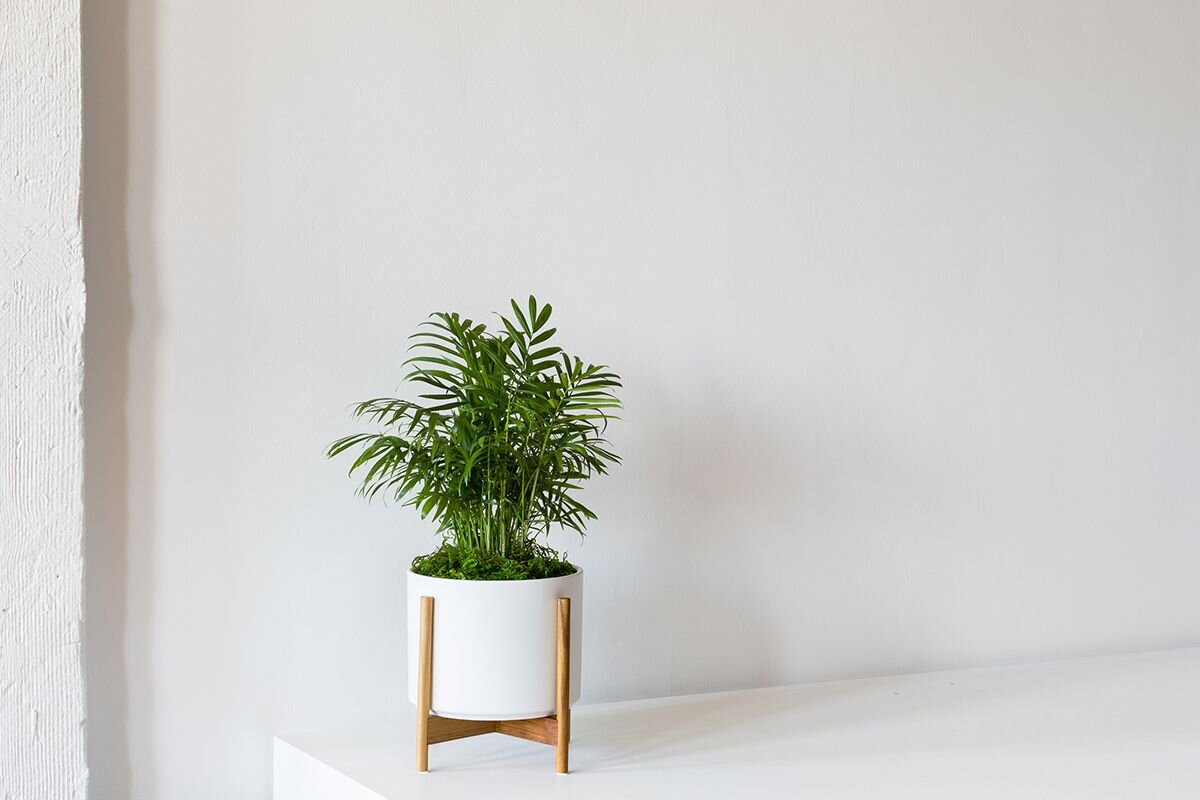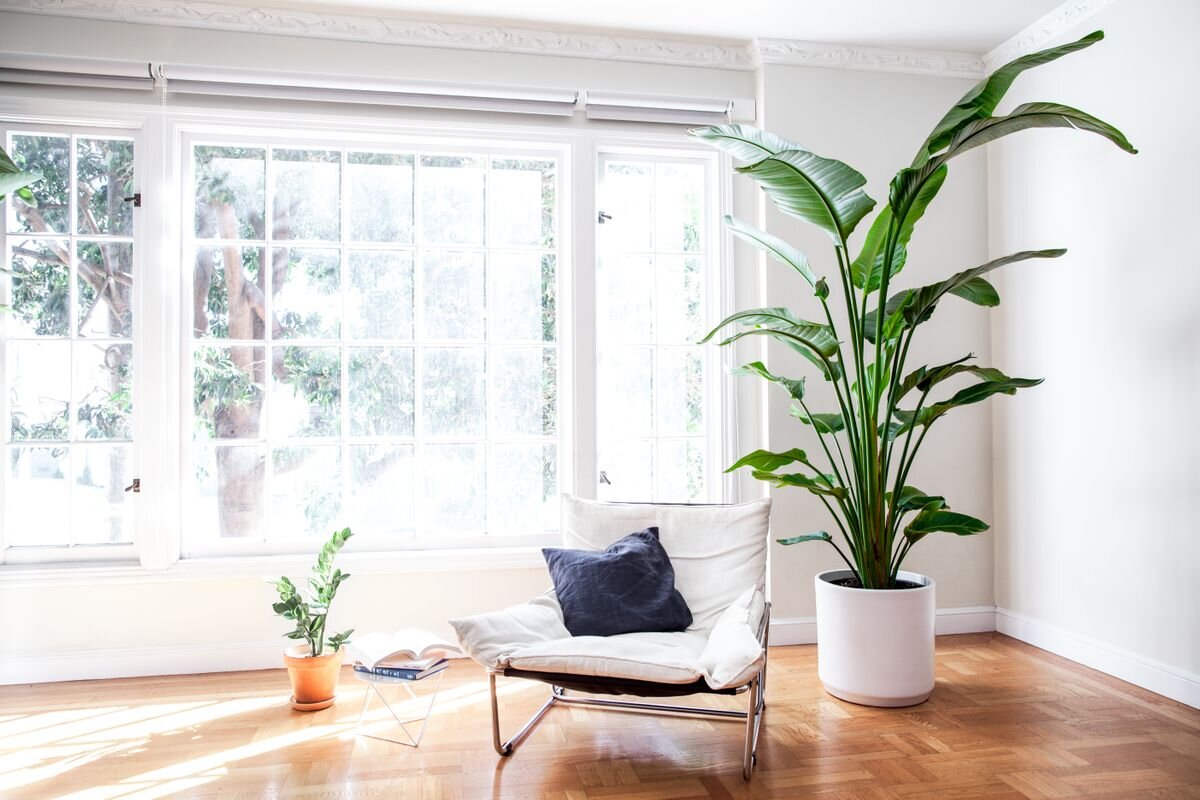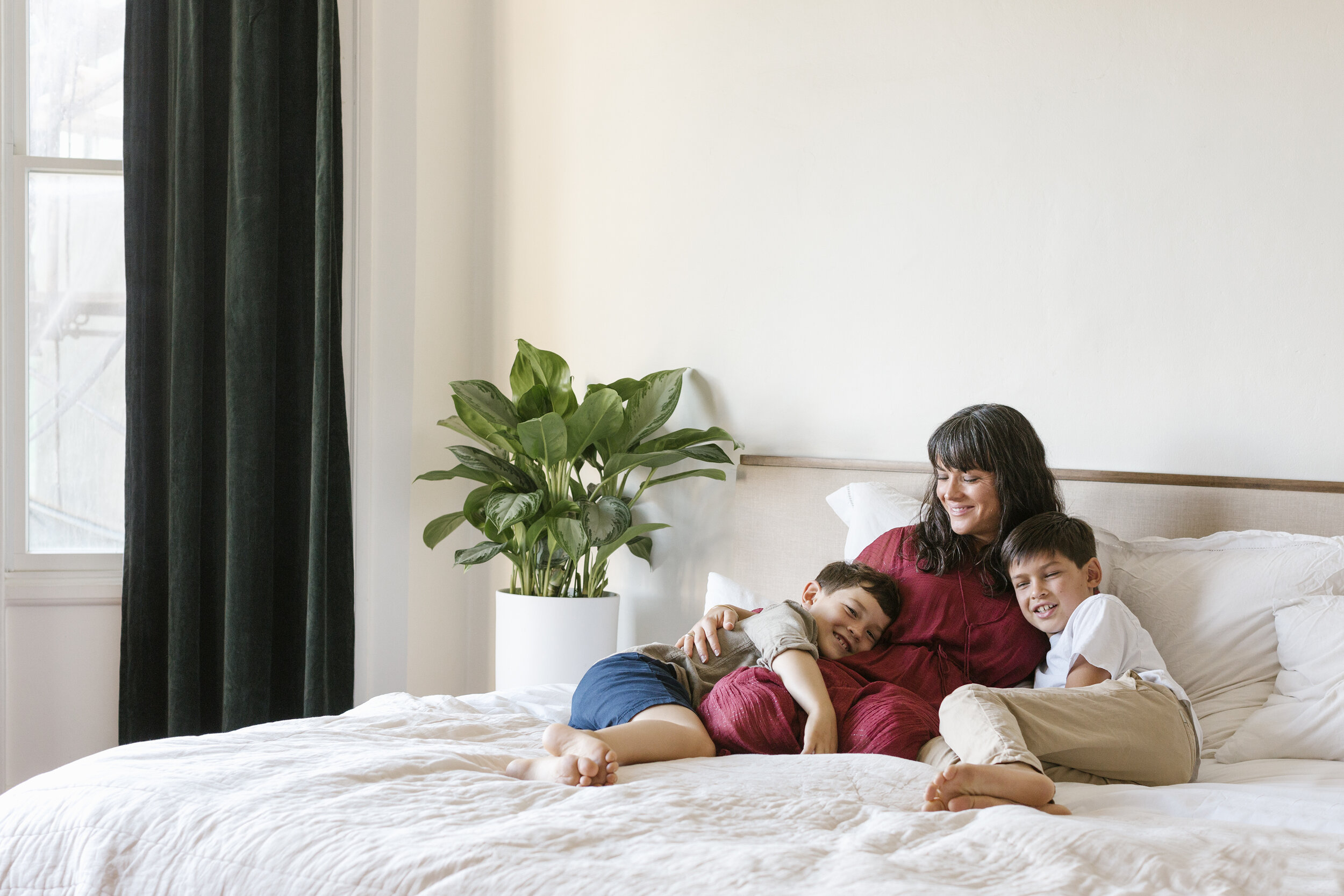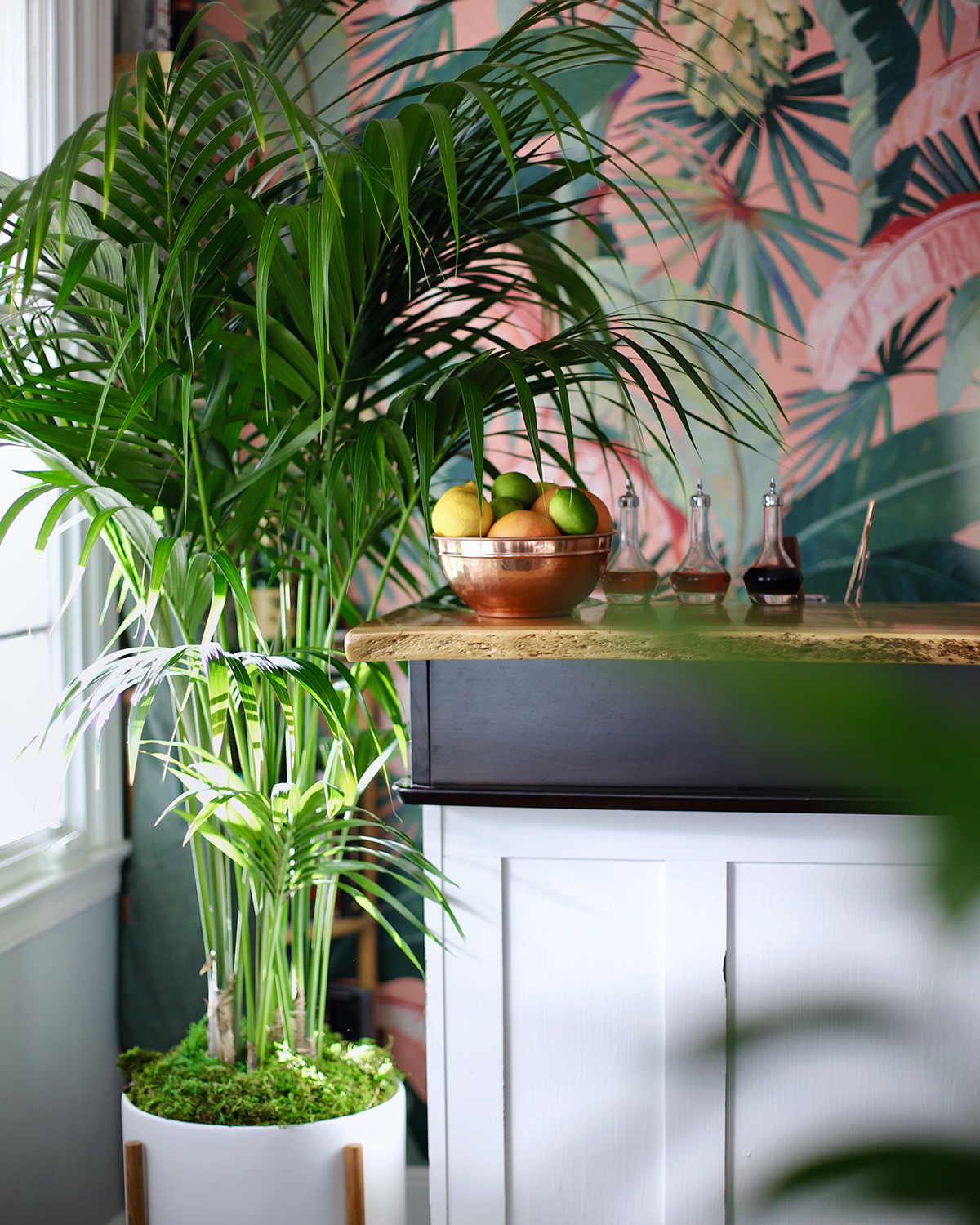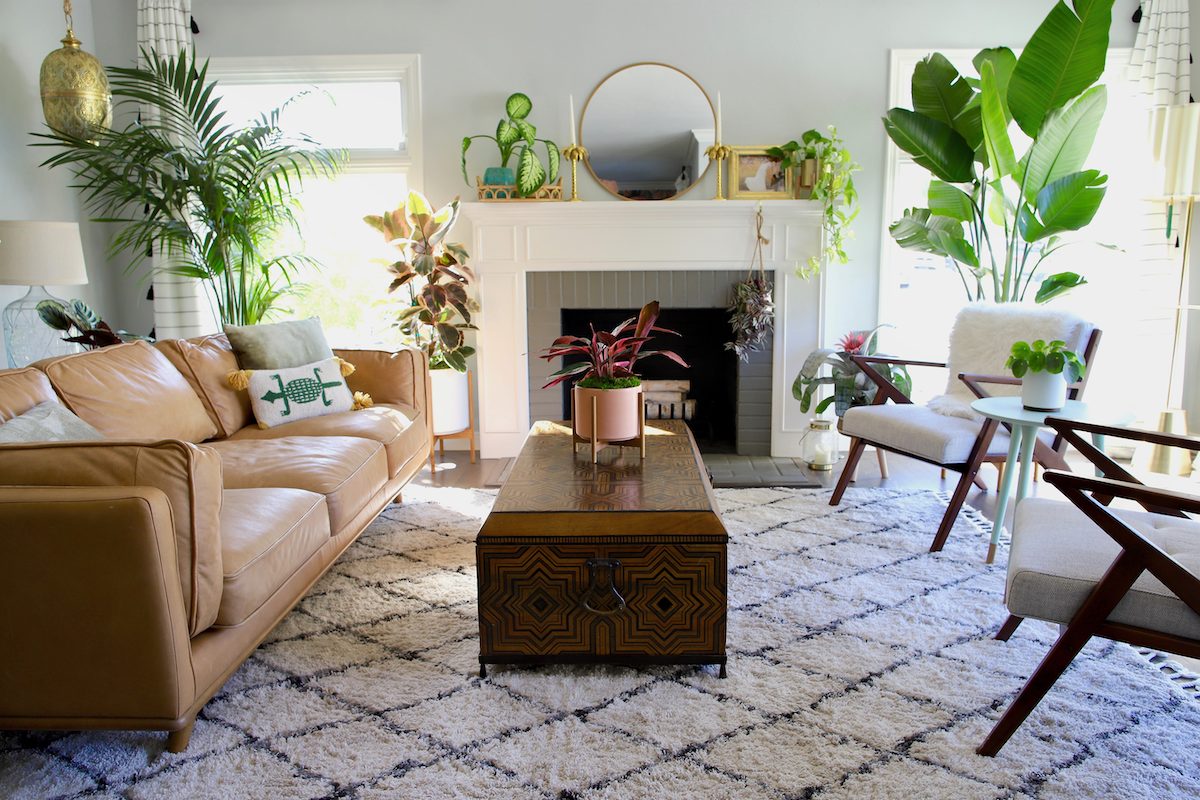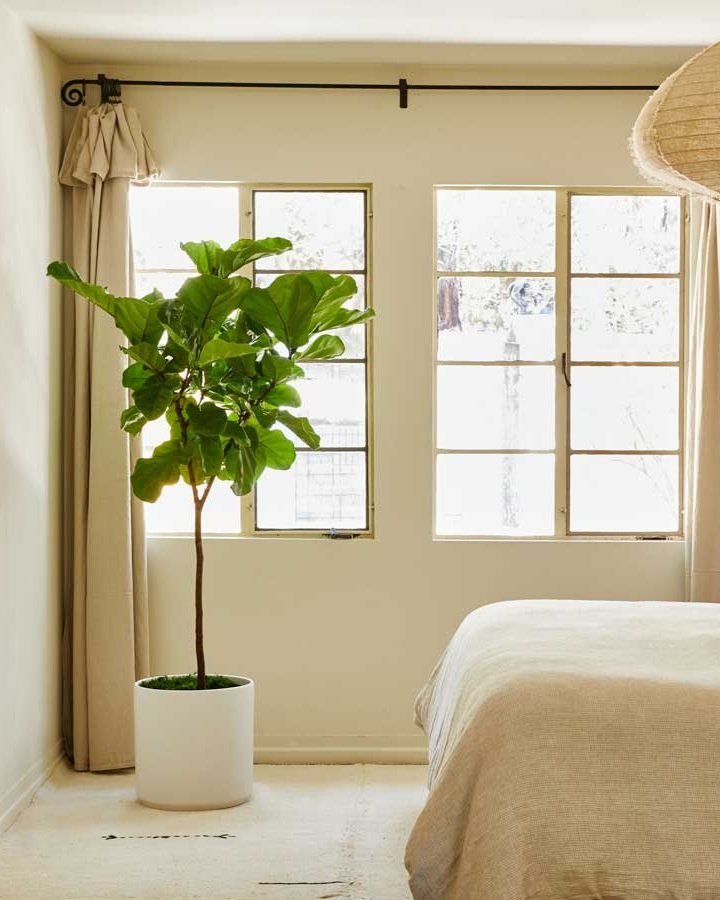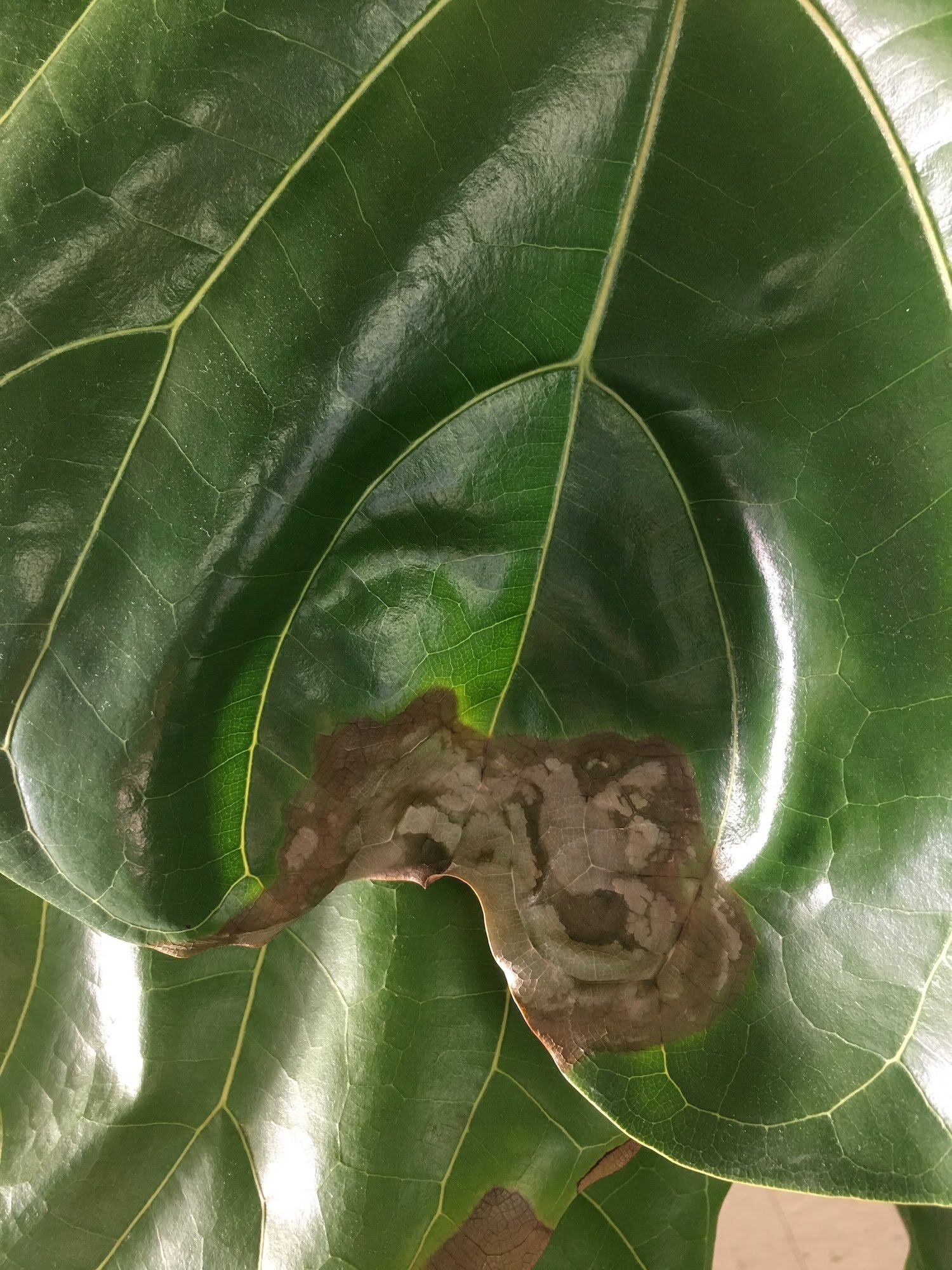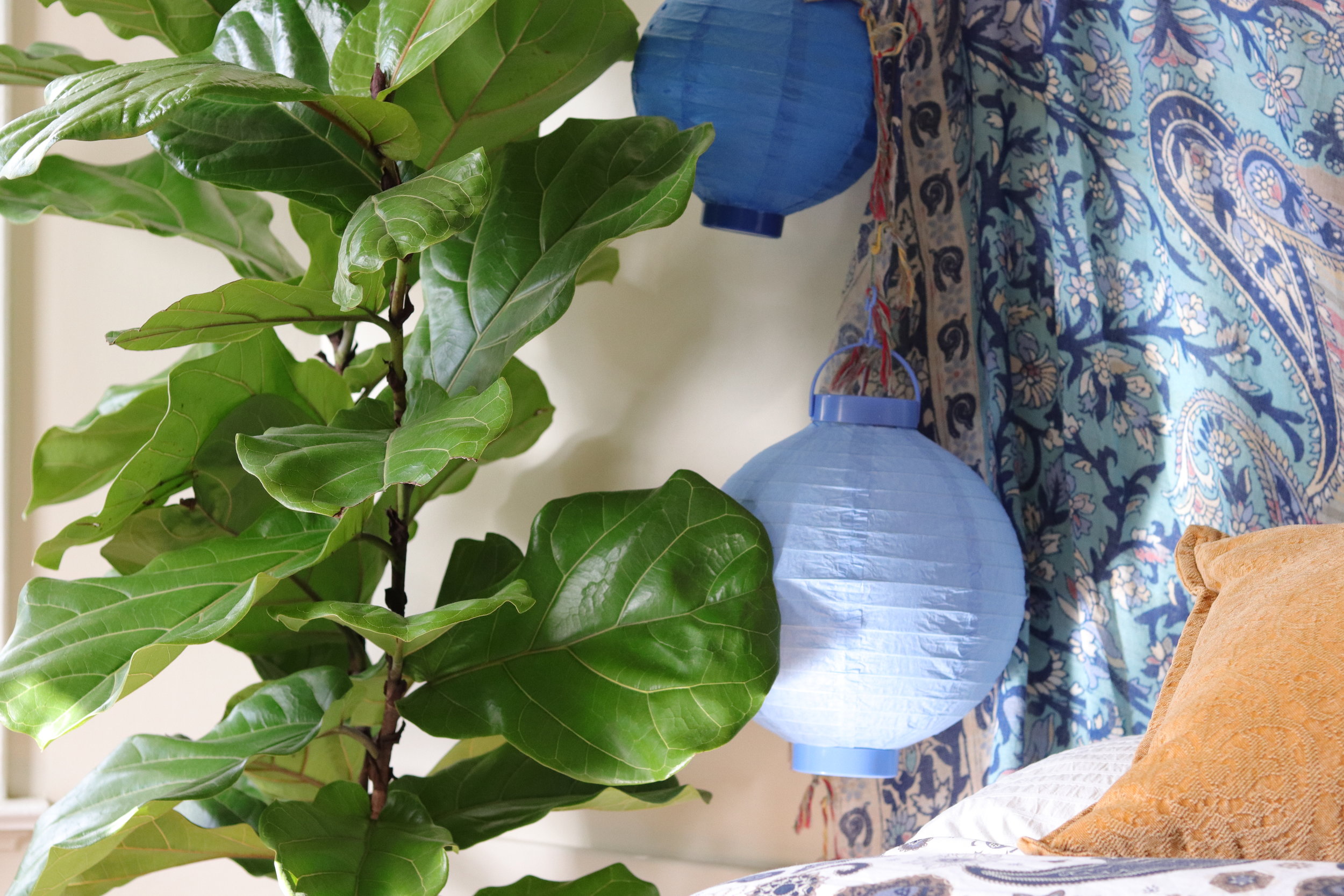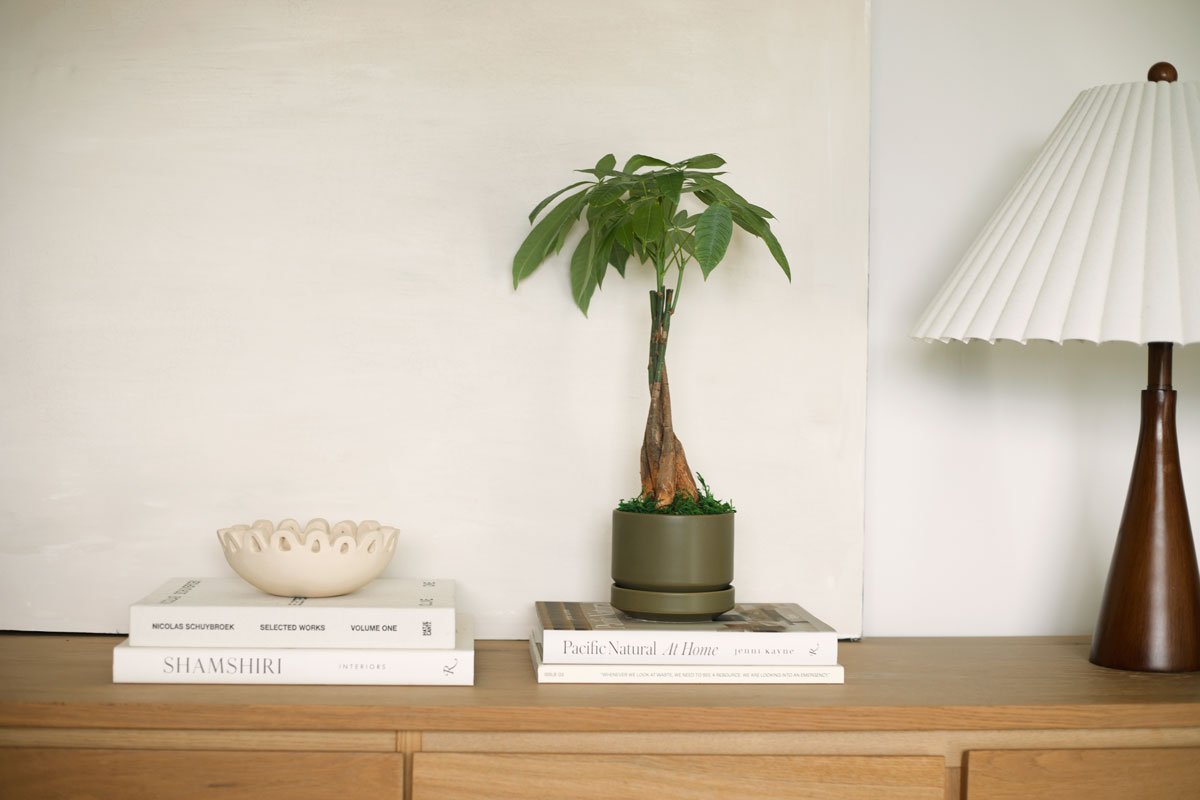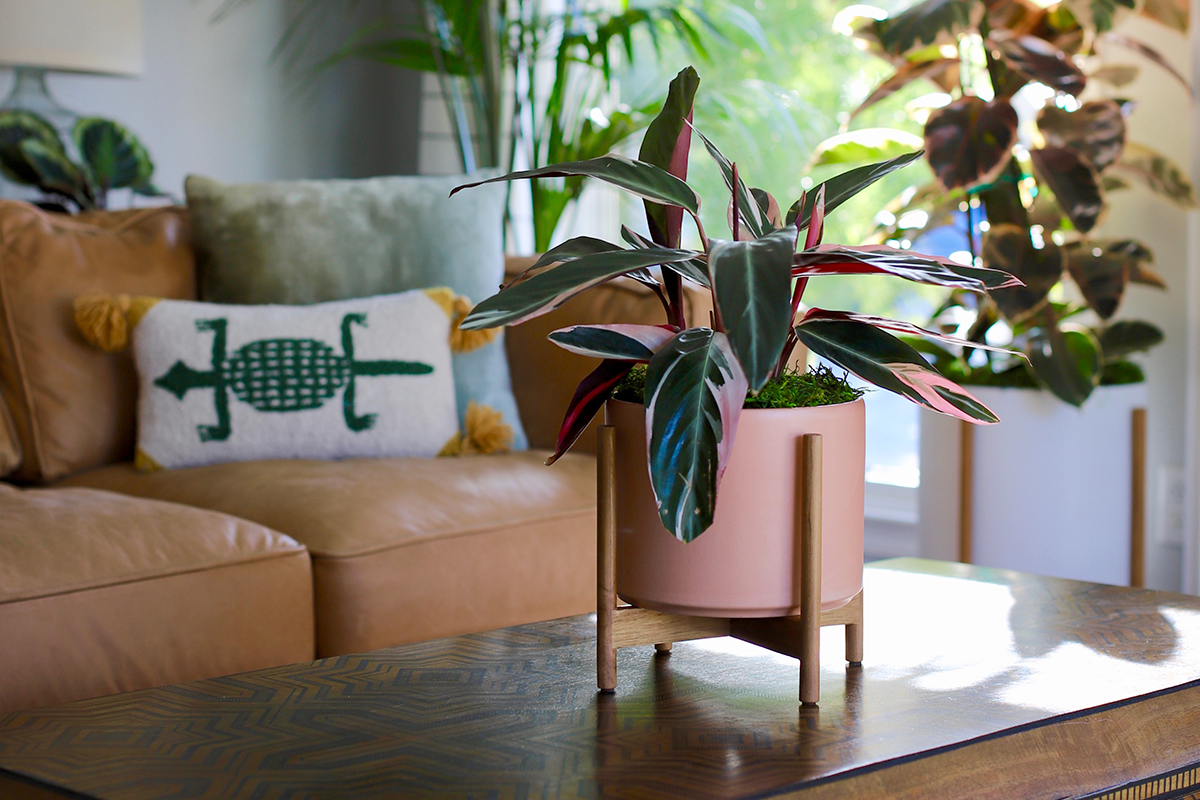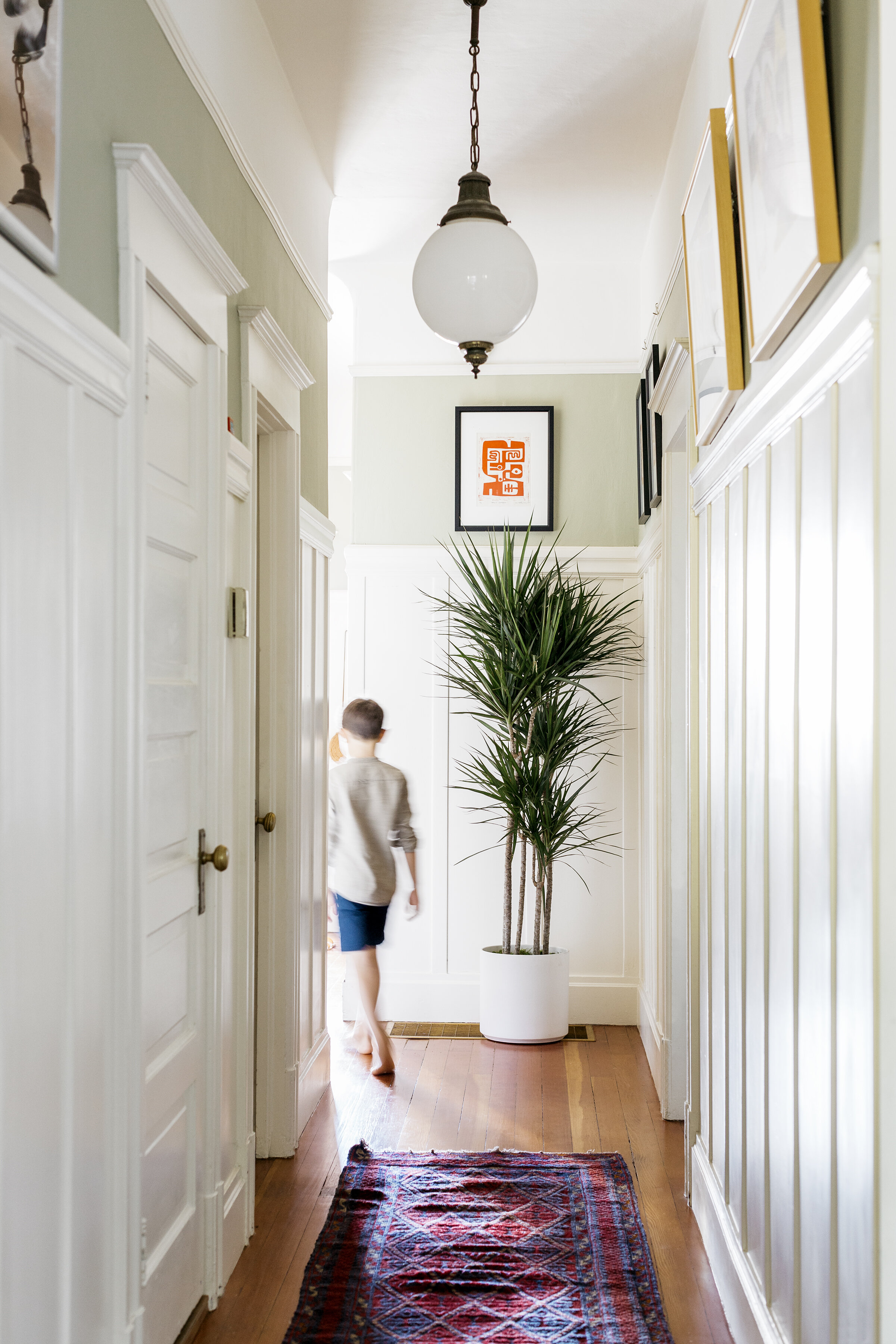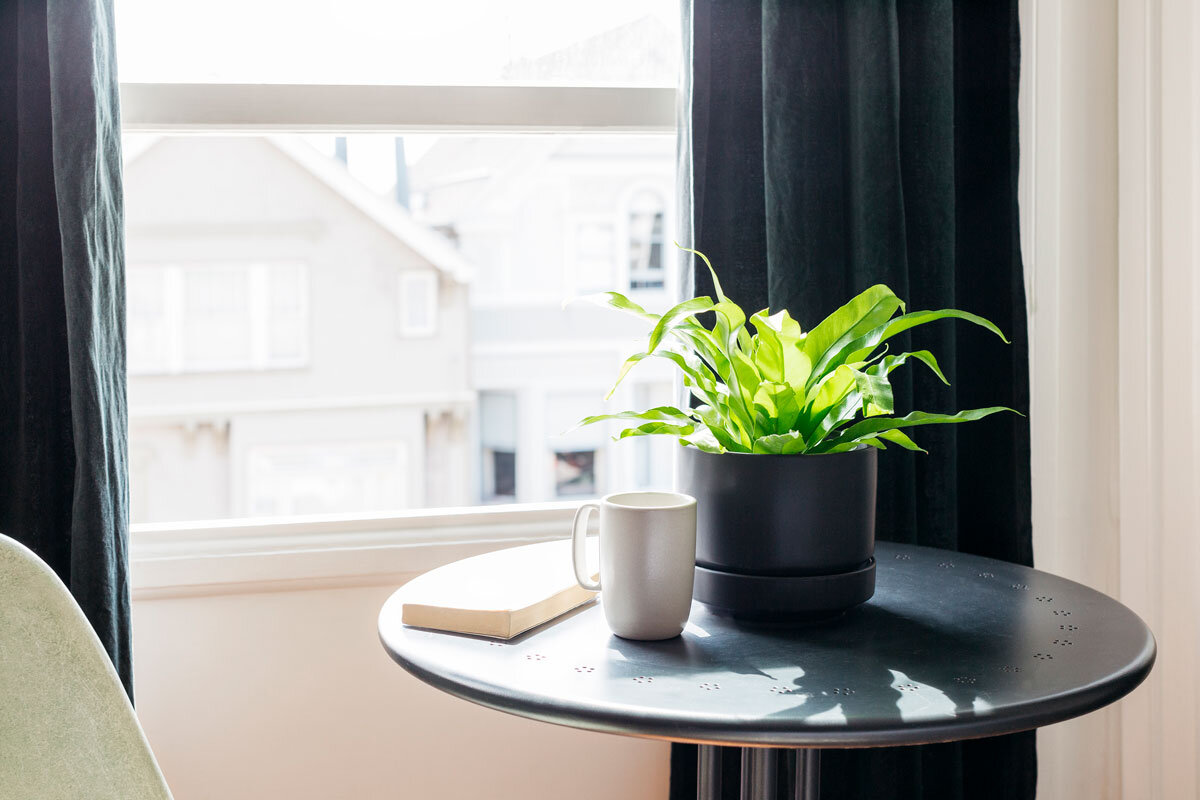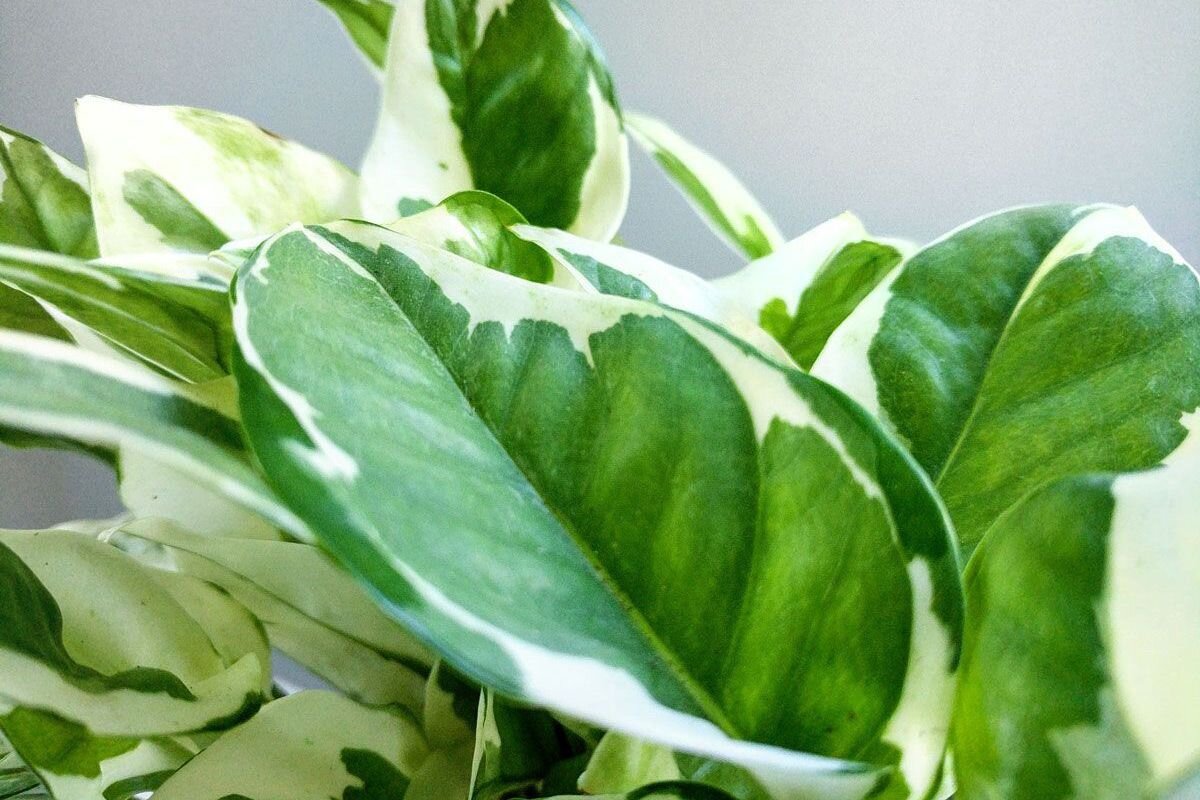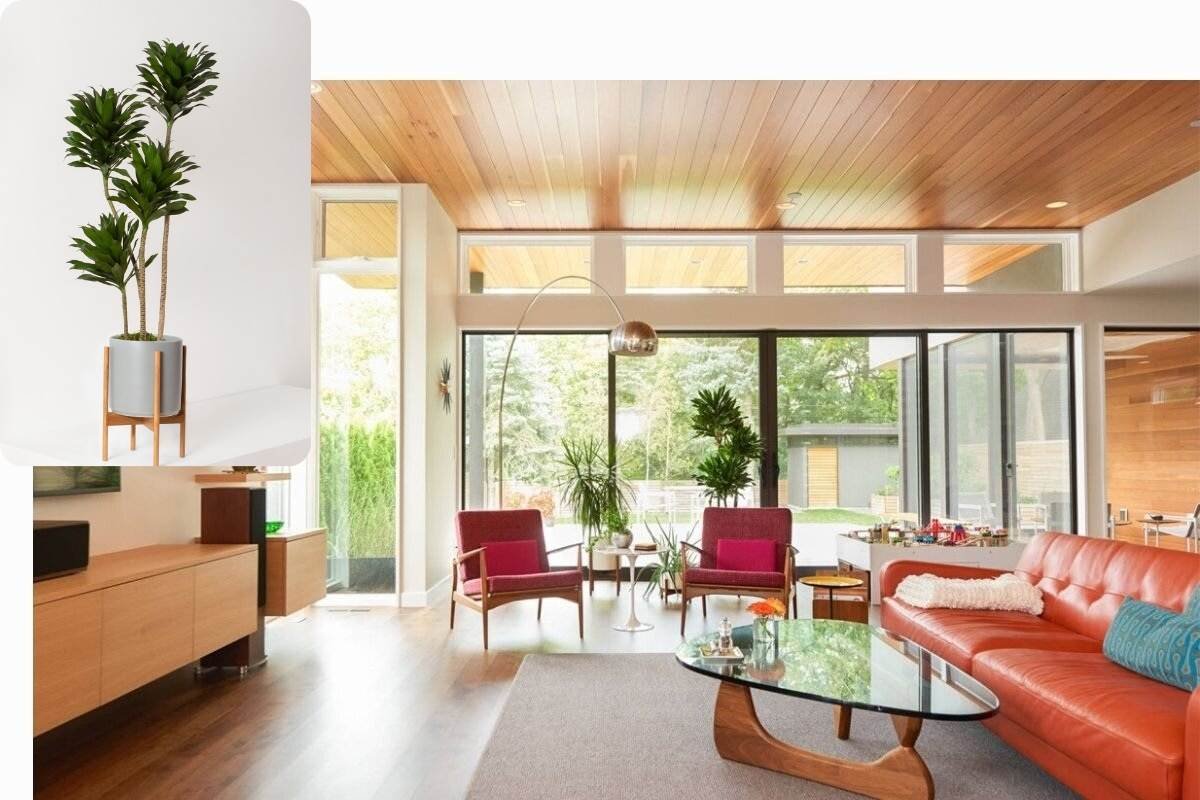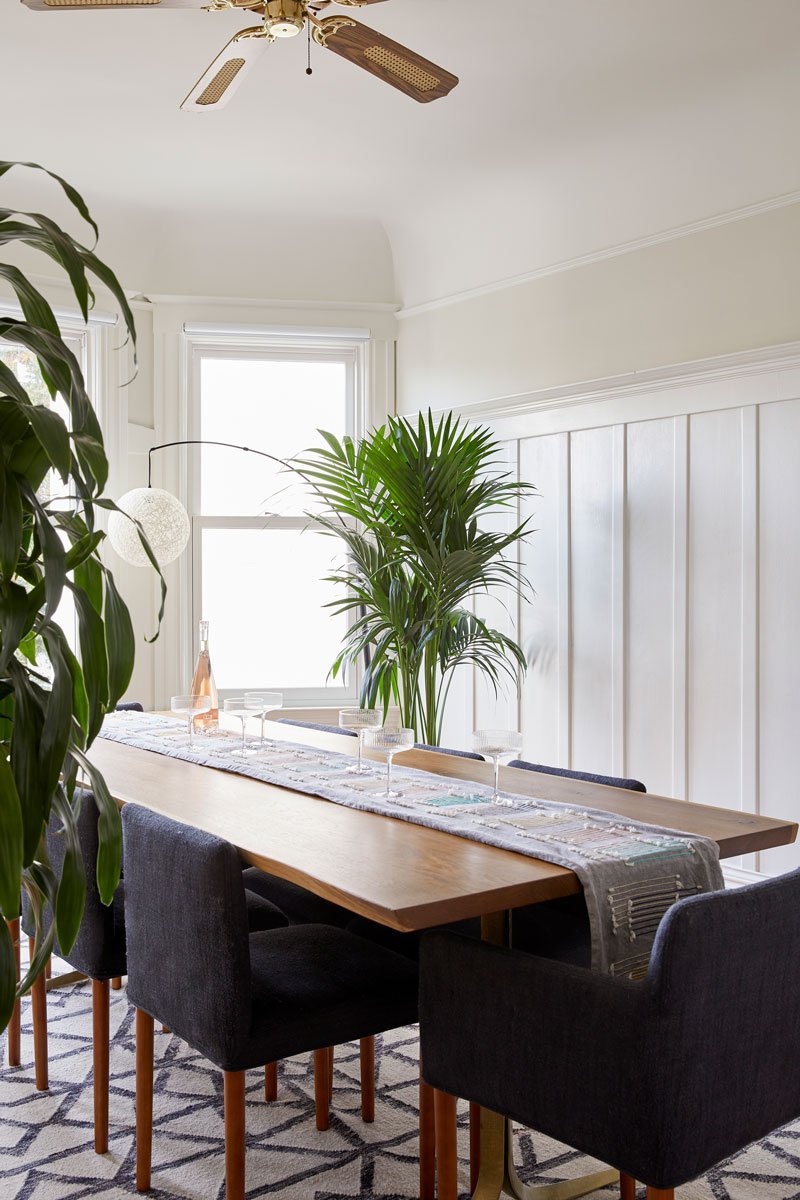2. Prune
If your fiddle’s leaves are getting crowded or if the lower leaves are drooping, now’s a great time to remove them!
Simply use a sharp, clean knife or pair of pruning shears to remove those leaves. Make sure not to remove more than 10% of your fiddle’s leaves at once to avoid shock.
Bonus tip: If you prune any healthy leaves or branches, you can propagate them! Dip the cut end in some rooting hormone and put it in a glass of water so it can grow roots. Change the water every day and plant in soil when the roots are 1” long.
3. Clean your fiddle’s leaves
Your fiddle might appreciate a little spring cleaning! Dust and dirt on your plant’s leaves doesn’t just look bad, it can also clog pores and interfere with both photosynthesis and respiration, so it’s important to keep the leaves nice and clean.
To clean, use a hose, give your plant a shower, or spray it down with lukewarm water in a spray bottle before gently wiping the leaves with a cloth.
We suggest using our Leaf Amor spray, which helps you clean the leaves and also protects leaves from insects, bacteria, and fungus as well as dust and debris.
4. Adjust your watering routine
You’ve probably gotten used to watering less over the winter when the temperatures were cooler, but now that things are heating up, make sure to play close attention to your fiddle’s soil.
Use a moisture meter to monitor your plant’s root ball and note how long it takes the soil to dry out. You may find that your plant wants a little more water as the temperatures rise.
5. Fertilize
If you haven’t been fertilizing your Fiddle Leaf Fig, now is a great time to start.
Fertilizer is like a multivitamin for your plant and provides the nutrients necessary to support stem and leaf growth, as well as beautiful, glossy green color!
Make sure to find a 3-1-2 NPK liquid fertilizer and follow the directions on the bottle. Be careful to follow the recommended fertilizing schedule.
I can never remember to fertilize on a schedule, so I just use Fiddle Leaf Fig Food, which is gentle enough to use with every watering. I just add a little to my watering can whenever I water my fiddles, and my plants love it!

